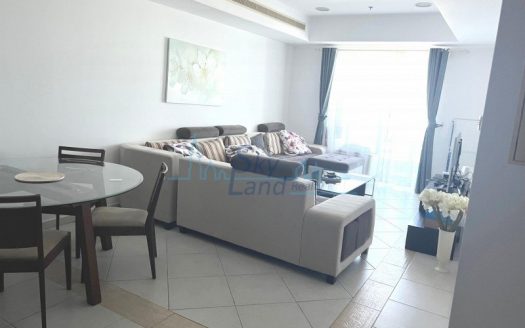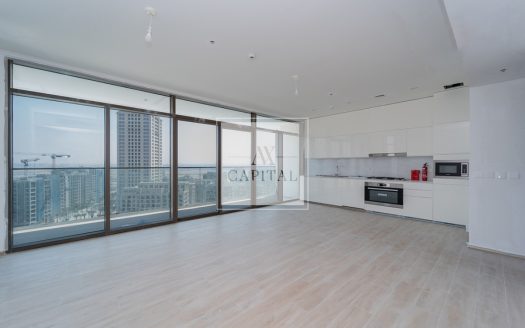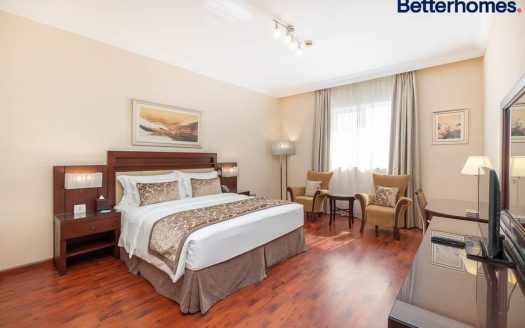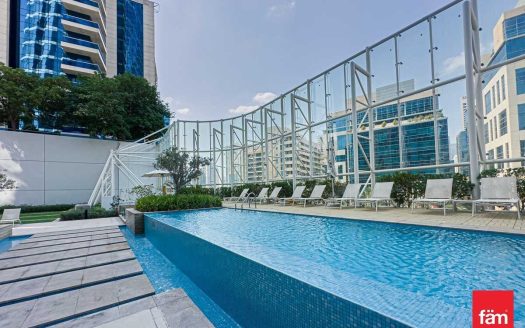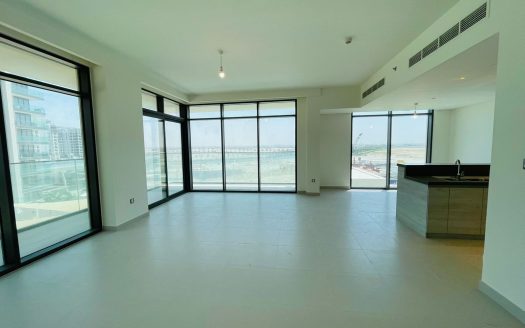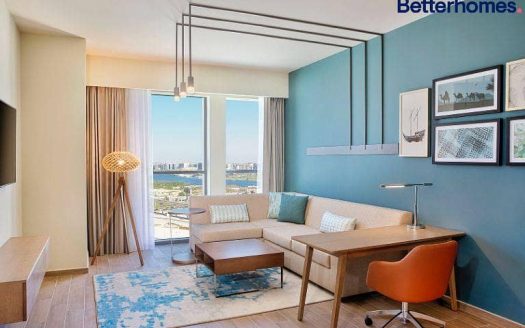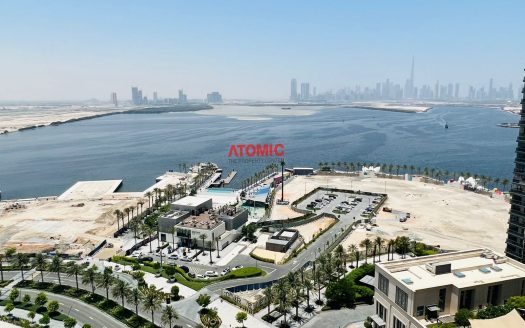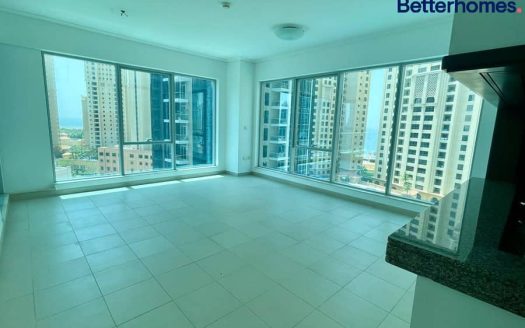Why Choose an Apartment with a Gym: Convenience Meets Healthy Living
The modern rental landscape has transformed dramatically, with fitness integration becoming a defining feature of quality developments. Apartments with gym for rent have evolved from rare luxuries to expected standards among savvy renters. This shift reflects our collective emphasis on wellness alongside convenience—a particularly appealing combination for busy professionals.
Recent market research tells the story clearly: approximately 92% of new rental developments now include dedicated fitness spaces. These range from basic equipment collections to sophisticated training environments rivaling commercial facilities. This statistic underscores how on-site gym amenities have transitioned from special perks to baseline expectations.
For active individuals, apartment building with gym configurations remove significant friction from exercise routines. The psychological barrier of traveling to external facilities—especially during bad weather or after exhausting workdays—creates compliance challenges even for committed fitness enthusiasts. Proximity fundamentally changes this equation, transforming exercise from a scheduled excursion into a seamless daily ritual.
The apartment fitness center continues evolving, with luxury developments introducing increasingly sophisticated offerings previously exclusive to dedicated athletic clubs. For discerning tenants, these facilities aren’t merely conveniences but essential components of living environments supporting their wellness priorities.
The Financial Benefits of Renting an Apartment with a Gym
Strong financial logic supports choosing rental properties with fitness facilities. Traditional gym membership expenses represent significant budgetary commitments—ranging from $480-1,200 annually for standard facilities to $1,800-3,600 for premium clubs. These expenditures, when eliminated through residential amenities, effectively offset potential rent premiums associated with fitness-equipped properties.
The economic advantage extends beyond direct membership savings. Transportation costs—including fuel, vehicle depreciation, and transit expenses—typically add $150-300 annually for regular gym-goers. This excludes the considerable time investment these commutes require, which when quantified even at modest hourly values, substantially increases the overall financial benefit.
The gym included in rent model provides remarkable budgetary predictability compared to separate memberships. Commercial fitness facilities often implement complex pricing structures designed to maximize revenue through initiation fees, incremental charges, annual increases, and contractual complications—variables eliminated in inclusive residential amenity models.
Research indicates luxury apartments with fitness centers command 7-12% rental premiums while simultaneously experiencing 14-18% reduced vacancy rates compared to similar properties without these amenities. This favorable combination significantly enhances investment performance, explaining developers’ enthusiastic embrace of sophisticated fitness implementations.
What to Expect: Features of Modern Apartment Gyms
Contemporary apartment workout room configurations have evolved dramatically beyond the basic basement facilities of earlier development eras. Current standards incorporate thoughtfully designed environments featuring strategic equipment selection, appropriate spatial allocation, and sophisticated lighting creating genuinely functional training spaces.
Apartment gym equipment selection increasingly reflects professional guidance rather than arbitrary acquisitions. Comprehensive facilities typically feature balanced cardio equipment in apartments—including treadmills, elliptical trainers, and stationary bicycles from reputable manufacturers. This selection prioritizes durability essential for shared-use environments experiencing substantial utilization.
Strength training facilities represent another critical component within modern implementations. Thoughtfully designed installations balance diverse training methodologies—typically incorporating both machine-based options for beginners alongside free weight systems for experienced users.
High-end fitness equipment quality has emerged as a meaningful differentiation factor among competing properties. Premium developments increasingly feature commercial-grade installations from industry-leading manufacturers—providing experiences comparable to dedicated fitness clubs rather than residential compromises.
Multifamily fitness amenities increasingly extend beyond traditional equipment collections to include specialized training zones addressing diverse methodologies. Dedicated functional training zone areas, stretching spaces, and occasionally yoga studios collectively create comprehensive facilities supporting diverse training preferences beyond conventional cardio and resistance approaches.
Health and Wellness Advantages of Having a Gym in Your Building
The proximity advantage fundamentally transforms exercise consistency. Research examining fitness engagement metrics indicates on-site facility users average 3.7 weekly sessions compared to 2.1 sessions among external gym members—a 76% differential attributable primarily to convenience factors. This behavioral change drives meaningful health outcomes across numerous physiological parameters.
Mental wellbeing benefits represent equally significant advantages frequently overlooked in amenity evaluations. Regular exercise participation correlates strongly with reduced anxiety, improved stress management, enhanced mood stability, and superior sleep quality—outcomes collectively supporting overall psychological health.
Wellness-focused apartments supporting consistent fitness participation deliver quantifiable health economic advantages. Insurance analysis indicates physically active individuals typically incur 21-30% lower healthcare expenditures compared to sedentary counterparts—translating to substantial lifetime savings while reducing illness-related productivity losses.
The 24-hour access gym model characteristic of residential implementations provides valuable flexibility for residents navigating nontraditional schedules. Early-morning exercisers, night owls, shift workers, and individuals with unpredictable professional obligations benefit tremendously from unrestricted facility availability—a convenience rarely available through commercial alternatives without substantial premium payments.
For time-constrained professionals, workout convenience represents a critical determinant of fitness goal achievement. The elimination of commuting requirements transforms brief availability windows into viable exercise opportunities—converting previously unusable time fragments into productive fitness sessions.
Community and Social Benefits of Apartment Gyms
Beyond physical infrastructure advantages, apartment building fitness environments foster valuable social connections. These shared spaces naturally facilitate resident interactions centered around common wellness interests—creating organic conversation opportunities extending beyond superficial lobby exchanges characteristic of many residential environments.
The fitness community dynamic emerging within active residential environments creates accountability structures supporting consistent participation. These informal networks—whether through explicit workout partnerships or simply familiar faces during regular sessions—provide powerful motivation reinforcement during inevitable commitment fluctuations.
Fitness-friendly rental properties increasingly incorporate programmatic elements enhancing basic facility provisions. Group exercise options—ranging from instructor-led sessions to digital guidance—transform solitary workouts into social experiences building community connections. These structured activities create regular interaction opportunities particularly valuable for newcomers seeking integration within established residential communities.
Apartment community wellness benefits extend beyond physical infrastructure into holistic lifestyle environments increasingly important to health-conscious living adherents. Properties thoughtfully integrating fitness amenities within comprehensive wellness approaches create distinctive living experiences transcending mere accommodation provision.
How to Evaluate an Apartment Gym During Your Search
Conducting meaningful assessments of fitness amenities in apartments requires systematic methodology beyond casual observation. Prospective tenants should evaluate several critical dimensions determining long-term satisfaction rather than relying on superficial impressions.
Equipment variety represents a fundamental evaluation criterion frequently overlooked during cursory inspections. Comprehensive facilities should support diverse training methodologies rather than emphasizing singular approaches potentially limiting long-term utility. This consideration proves particularly important for households with multiple users having varying fitness preferences and experience levels.
Operational policies significantly impact practical facility utility regardless of physical specifications. Critical considerations include fitness center hours (ideally 24/7), guest policies, maintenance protocols, and cleaning schedules. These operational factors directly determine whether impressive facilities translate to practical benefits supporting consistent utilization.
Space allocation within fitness environments critically impacts functional capacity. Industry standards recommend minimum square footage calculations based on anticipated user populations—typically 5-7 square feet per unit for adequate functionality. Insufficient spatial allocation creates crowding challenges during peak periods—a consideration particularly important within larger developments potentially experiencing substantial simultaneous demand.
For residents with specific training methodologies, specialized equipment availability requires careful verification. Weight training area implementations vary dramatically between properties—ranging from comprehensive installations supporting serious strength development to token provisions inadequate for meaningful progression. Similarly, cardio machines selections range from extensive varieties to limited offerings insufficient for engaging long-term programming.
FAQ: Apartments with Gyms for Rent
Are fitness classes included in rent at apartments with gyms?
Service models vary substantially between properties. Approximately 40% of luxury developments include basic fitness programming within standard rental rates, while others utilize tiered approaches offering fundamental amenity access with premium services available for additional fees. Properties partnering with established fitness providers occasionally provide resident discounts rather than direct programming. Prospective residents should verify specific arrangements during pre-lease evaluations.
How do apartment gyms compare to commercial fitness centers?
The comparison reveals nuanced advantages depending on specific requirements. Residential facilities typically offer superior convenience, consistent availability during preferred times, and elimination of commuting requirements—advantages particularly valuable for establishing consistent routines. Conversely, commercial facilities generally provide expanded equipment selections, specialized training environments, diverse class programming, and dedicated professional staff. Premium apartment amenity value increasingly narrows these differentials.
Can guests use the gym in my apartment building?
Guest policies vary substantially between properties. Approximately 65% permit limited guest access—typically allowing 1-2 visitors accompanied by residents during specified timeframes. Premium developments increasingly implement digital security systems managing access privileges while maintaining appropriate usage records. These arrangements balance resident convenience with legitimate concerns regarding overcrowding, facility care, and liability considerations.
Are apartment gyms typically open 24/7?
Operational schedules reflect property positioning and resident demographics. Approximately 70% of modern developments—particularly those targeting professional tenants—maintain continuous operational hours accommodating diverse schedule requirements, while older properties occasionally maintain restricted timeframes. Advanced access control systems increasingly facilitate round-the-clock availability without compromising security considerations essential within residential contexts.


